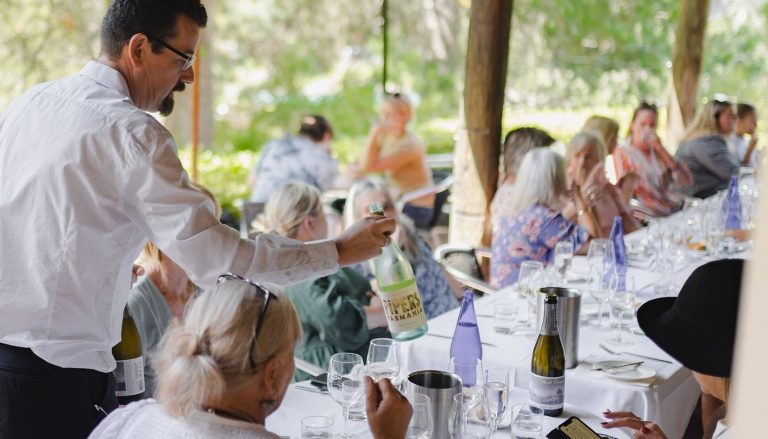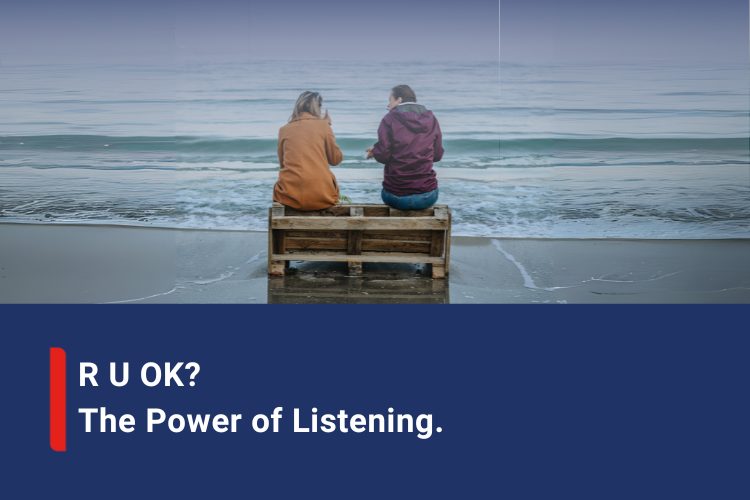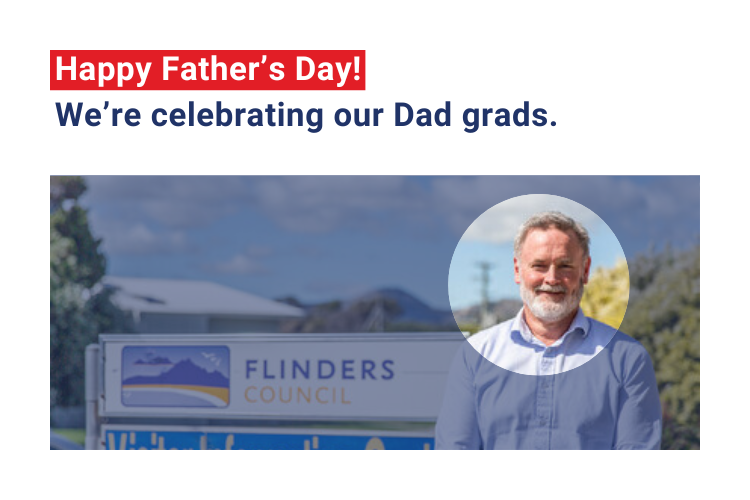In the following story, co-founder Tricia Velthuizen talks about getting unstuck when it comes to figuring out what you do in your role. So that you can gather the necessary workplace examples to turn your experience into qualifications through the process of Recognition of Prior Learning.
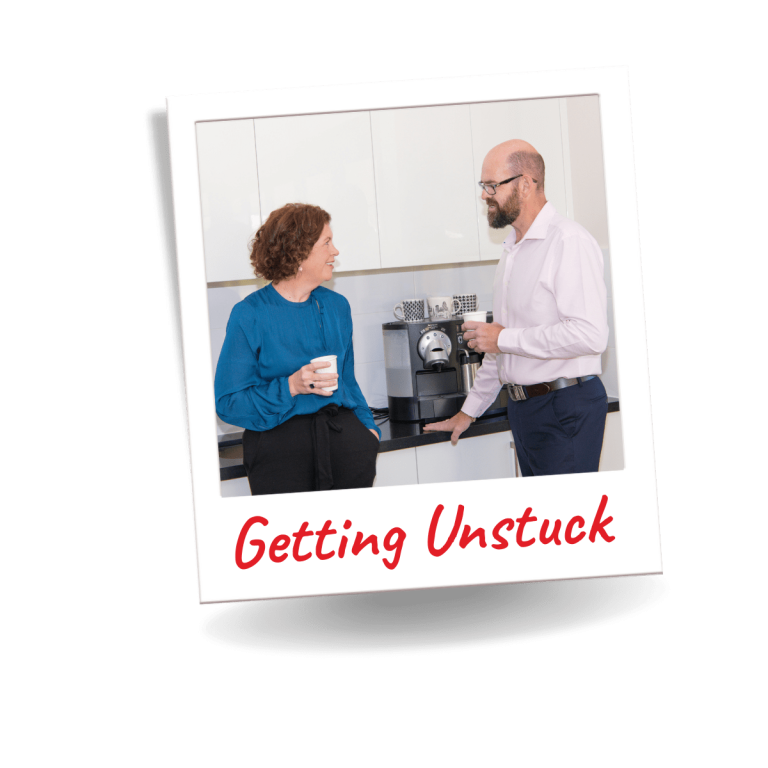
Listen to this story on our podcast:
This year, Randall and I have been working together for 18 years. If there was a scheduled performance review, we’d have to get a big tick for working together for so long AND still being married!
They say opposites attract and, in many ways, Randall and I work in opposite ways.
When it comes to a deadline, Randall feels under pressure unless he delivers three weeks before the due date.
I do my best work the night before.
When it comes to organising documents, Randall has a neatly ordered filing system and can lay his hands on a document within moments.
I can misplace a document within moments of putting it somewhere very, very safe. I like to console myself that I used up all my document organising reserves in my legal career!
I’m a big picture woman, quick thinking, honing in on the key issues quickly with a tendency to ask challenging questions comfortably – all those years of cross-examination are hard to shake.
Randall is a details man, who likes to take his time to think things through carefully with a tendency to deny all knowledge and demand proof when in the hot seat – all those years of policing are hard to shake.
It will come as no surprise to you then to learn that here at Churchill, Randall had made sure there was a bible for every role in our team: a how to guide that meant anyone could come into a role and learn every part of the documented processes.
Or so Randall thought.
In making some improvements recently, Randall realised that he had missed one notable exception: there was no how to guide for Randall’s own role.
And the thought of putting one together was met with two thoughts in swift succession…
Firstly, Randall came out with a statement that we have heard from so many people when they come to talk about their own Recognition of Prior Learning (RPL) and asked, “Tell me, what do you do in your role?”
Find out what you’re eligible for
They consistently reply with these words: “Oh, I don’t know. I just do it.”
The reality is that their jobs are made up of so many responsibilities and they deliver to a high level, day in and day out, and over time it becomes second nature.
It becomes second nature enough that many people question whether they really deserve recognition for their skills and knowledge. After all, it is just something they do.
Secondly, Randall was faced with the next challenge that some clients meet: how to break down what they do into meaningful information they could share with someone else?
It can be overwhelming, and they get stuck.
Randall did. The only movement he was experiencing was the tapping of his pen on the blankness of his notepad.
This is the man who delivers complex projects without breaking a sweat. But when it came to seeing his own role and contribution clearly, Randall was stuck.
Getting Unstuck: How to gather workplace examples for your RPL appraisal
After a while, he looked up at me and said, “This must be what it feels like for some people coming to Churchill for RPL.
When we ask them to break down what they do, they reply, “That’s a hard one. I’m not sure, I just do it.” And when they go off to gather their workplace examples for their RPL, some of them, they get stuck on where to start.”
“I’d forgotten how that feels but I remember now.”
And then he did something that flipped the entire process on its head.
Randall chose to get unstuck by asking for help.
He asked me how I break down the complexities of my work in planning out a project.
I’m someone who goes old school – choosing blank paper and post-it notes that can be moved around. Choosing to mentally dump thoughts onto post-its and then staging order from the disorder.
Others choose mind-mapping.
Others start with categories and drill down the details below.
The strategy really doesn’t matter so long as we find one that works for us. And someone who will work with us.
So, if you have been wondering about your own Recognition of Prior Learning – whether all you have learned, all you have achieved, is worth recognition – and if you have been wondering where you should even start, start where Randall began…
Ask for help.
Or if you know someone who has a mountain of experience worth recognising, start where I began with Randall: remind them of all the ways you have seen them grow in their career.
Getting unstuck and getting clear is always easier when we find people who believe in us, encourage us, and help us find a path through to clarity.
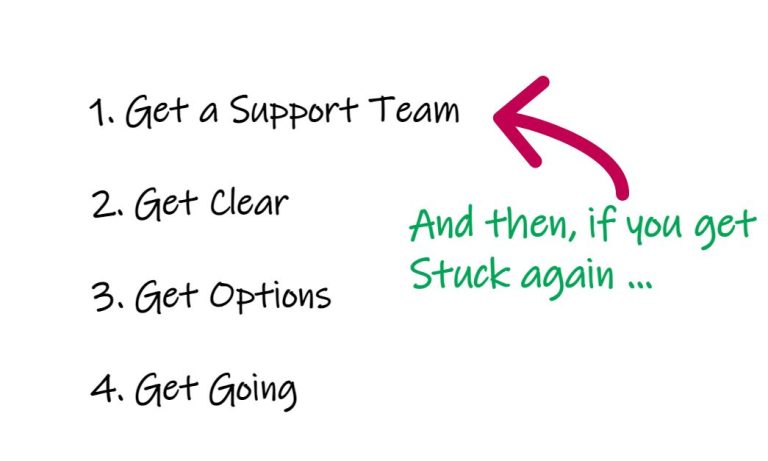
1. Get a Support Team
Start with a Conversation with Someone You Can Trust
Randall came to me because he knew I am his biggest believer.
I’ve been there every step of the way as we have learned how to effectively care for our clients and colleagues and operate Churchill to the exacting standards required by the Australian Government.
I have seen Randall grow in his knowledge and his skills and I believe in his abilities. But he can also trust me to tell him where we are coming up short.
I am the leader of his Support Team.
Here at Churchill, we always start with a conversation with every Recognition of Prior Learning candidate. We listen carefully to start to understand the depths of your role.
Find out what you’re eligible for
And with 18 years’ experience behind us, and tens of thousands of RPL conversations, we are skilled at identifying what the gems are in your experience and where the gaps may lay.
2. Get Clear
Why your Objective Matters
Getting clear on why your objective matters is going to give you the focus you need to pull off this project.
Getting that How to Guide completed was Randall’s key objective because it helped put his mind at ease on the “Hit by a Bus Test.”
It was an objective that was important enough to risk feeling uncomfortable through the process.
Often, obtaining your RPL is also about passing the “Hit by a Bus Test” too. It is about being ready to survive the twists and turns that come in anyone’s career and life.
3. Get Options
Choose an Approach that Works for You
I am hard pressed to think of a career that doesn’t involve engagement in projects. Can you think of one?
A project is really defining and planning manageable chunks of work to get you through to an agreed outcome.
Arriving at these manageable chunks is all about knowing your options and then choosing an approach that works for you.
When it came to putting together his How to Guide, Randall leaned into mind mapping and getting input and help from others on our team.
With his list in hand, he went to different members of the team and asked them: what else should I add? What should I take away? Does this make sense to you?
And this was the key to his success.
He chose an approach that worked for him, and he chose to include the expertise and objectivity of the team.
When it comes to gathering your RPL workplace examples, choose an approach that works for you.
Find out what you’re eligible for
Some people are like Randall – they use our Workplace Examples List to sort their work samples into an ordered approach.
Some people are like me – they use our Workplace Examples List to create a grab bag of samples. Both will get you across the line, particularly because the team at Churchill will look for anything that should be added and how this can be achieved.
For example, in putting together some parts of the How to Guide, Randall spoke to a topic and someone else typed the notes into an ordered process.
Our RPL Assessors here can do the same, engaging in conversations with you to establish your knowledge and skills.
4. Get Going
Action stations!
A project plan can be an incredibly detailed and impressive document.
But without action, it is just an idea of what could be achieved.
It is all theory, no reality.
So, get going. Make a start.
Start gathering your workplace samples and then pass it on for action.
You don’t have to gather all your RPL workplace samples before sending it in. In fact, our brains respond well to that message that we are on our way to achieving our goal so shipping out your workplace examples in chunks is even better than waiting for the perfect package to be assembled.
5. If you Get Stuck at Any Point, Return to Point 1
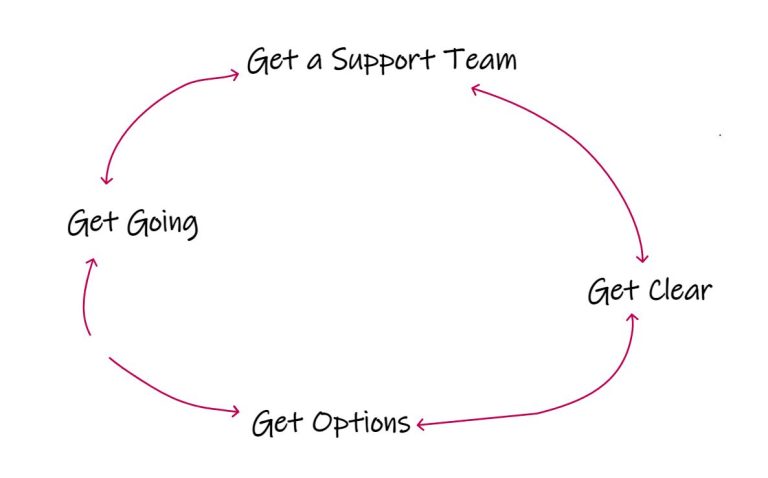
Ask for help
You can get stuck more than once. Life can get busy, distractions emerge, we can lose momentum and focus.
The key is to not stay stuck once you recognise it. Call in your Support Team!
Have a conversation with someone you trust, remind yourself why your objective matters and kickstart your action plan again. Trust me, you will feel proud of yourself when you achieve your goal.
As I write this, Randall’s How to Guide is coming together nicely. The team here at Churchill have all thrown themselves behind him to achieve his goal.
And we are here to do the same for you: to help you achieve your goal of receiving the recognition you deserve through nationally recognised qualifications.
Give us a call on 1300 793, or any of the other ways listed below for a chat, some help, or to get the ball rolling on a free qualification appraisal…

